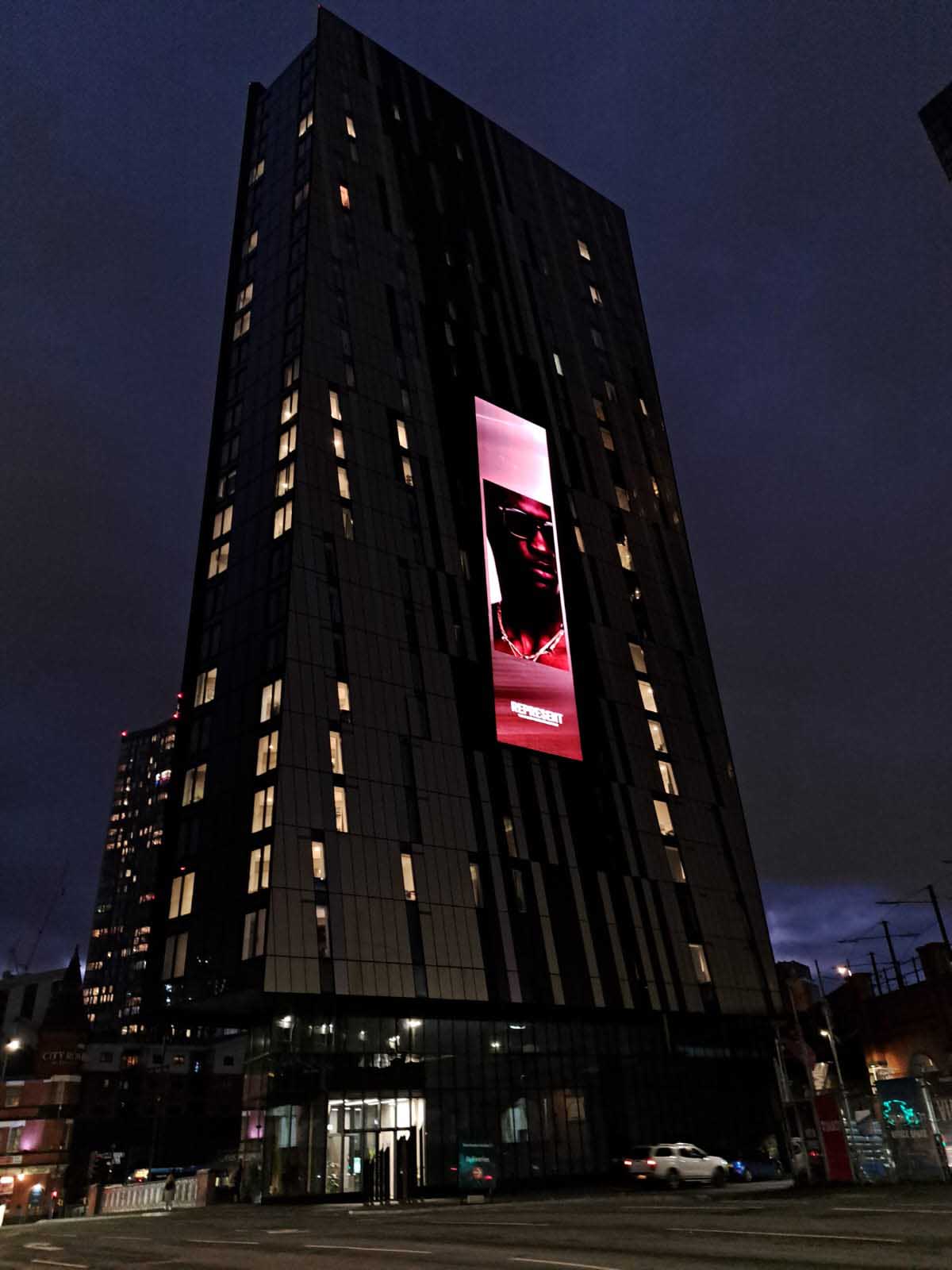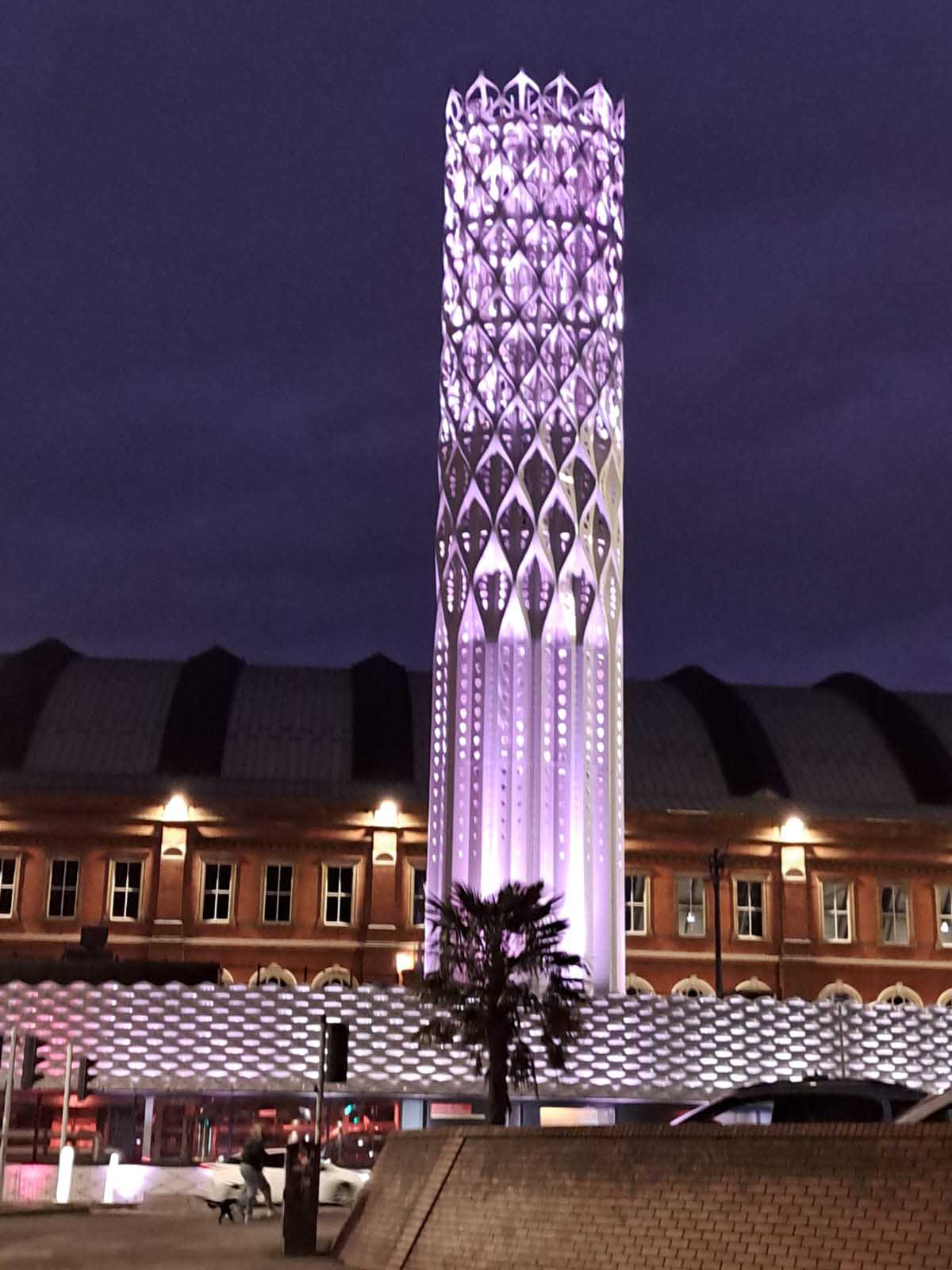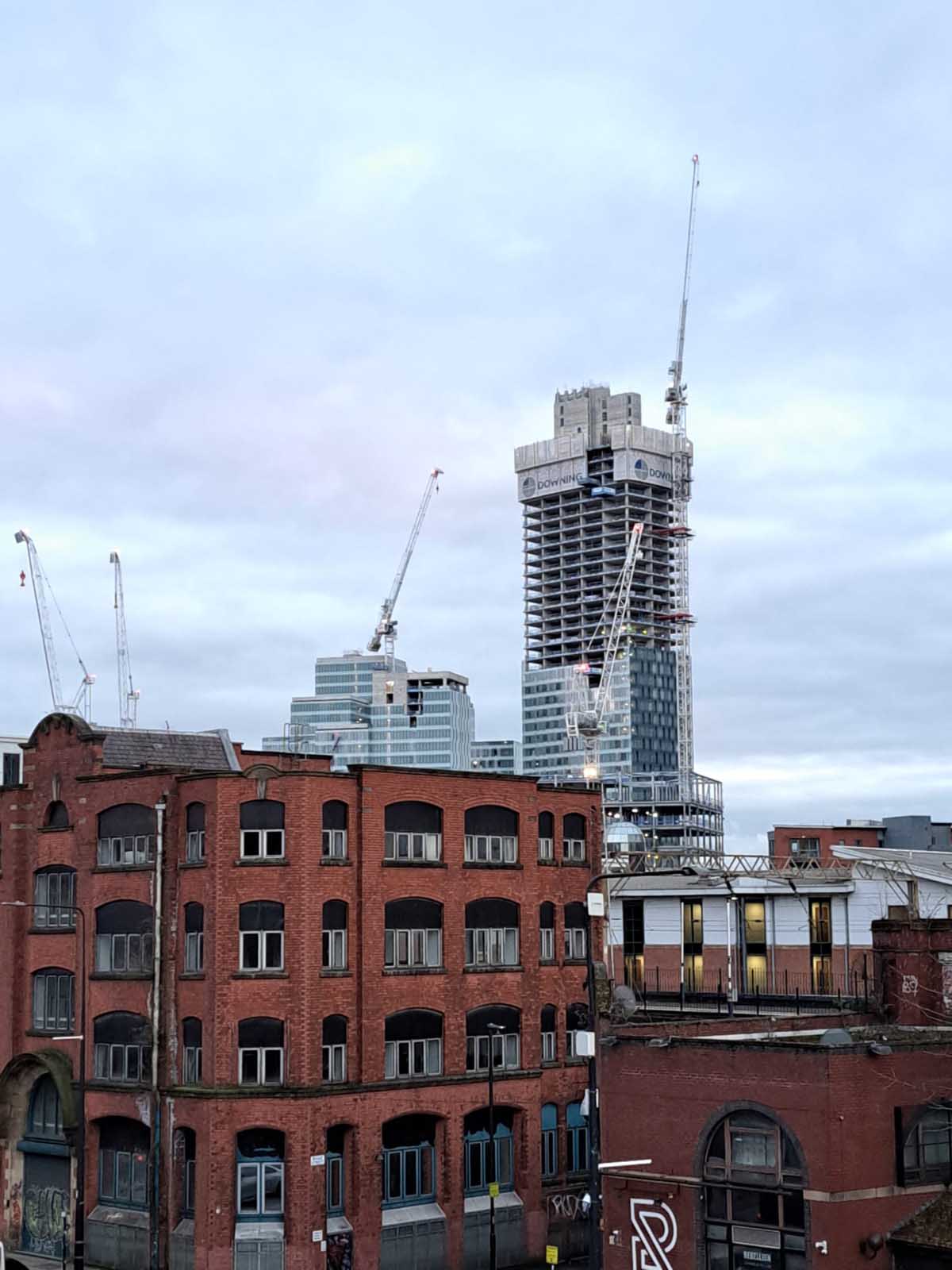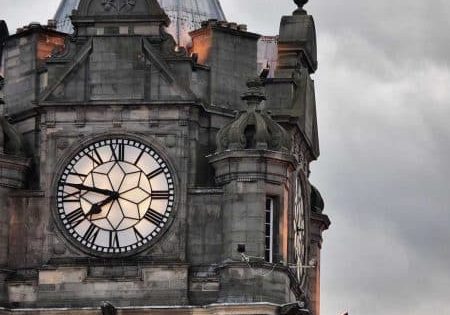How Manchester Is Reinventing Itself
Feb 19, 2024
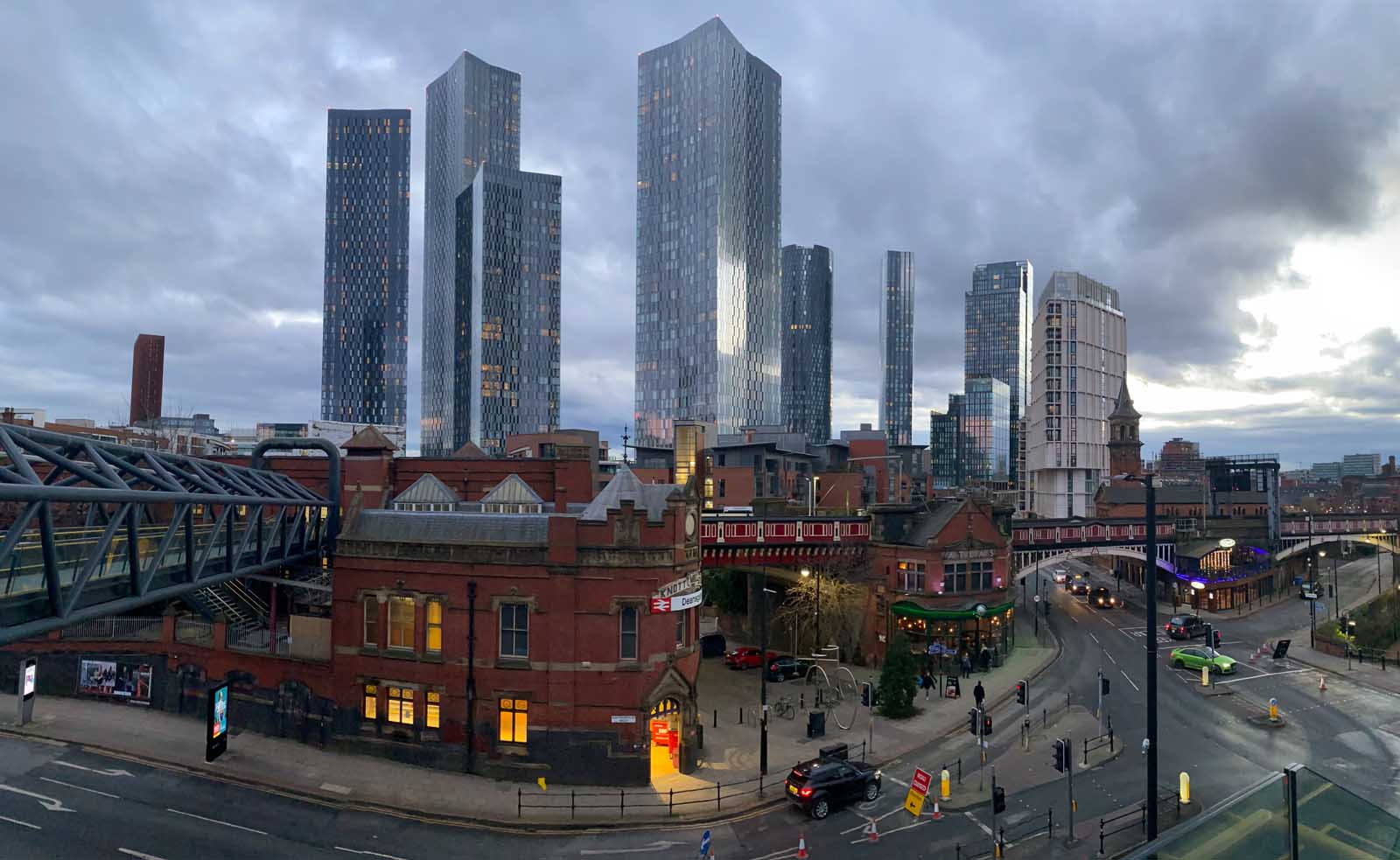
Manchester: famous for its football, famous for its music and now famous for its fast-growing skyline
In the mid to late part of the 19th century, the Industrial Revolution was taking hold, and Manchester earned the nickname Cottonopolis due to the huge amount of textile mills that sprung up.
By the 1870s, 280 mills were spinning cotton around east Lancashire, supposedly chosen as the ideal climate because of how damp the weather was. The cotton came into Manchester from different parts of the world: India, the West Indies and the southern states of the U.S., etc. Although, during the American Civil War, no cotton was bought by the mills from the Southern states as a show of solidarity for the Republican’s cause, and it was more than well received by the U.S. White House and president at the time, Abraham Lincoln, who sent a letter to the City of Manchester thanking it for its support. A statue of Abraham Lincoln still stands proudly in the city today, and an area is named after him.
The cotton mills disappeared many years ago when the use of synthetic fibres grew and polyester surpassed cotton as the main fibre used, meaning a whole industry was lost, which left a city and county in need of reinventing itself.
Since 2016, an astonishing 86 mid- to high-rise buildings have been constructed in central Manchester and neighbouring Salford. Forty-three are currently under construction, 57 have been approved for construction and 56 are proposed for construction.
The last 10 years have seen a rapid regeneration, in part thanks to Manchester being named in the northern powerhouse plans by then Prime Minister David Cameron and Chancellor George Osbourne — a government plan designed to level up cities in the north and to redress the situation of the North-South economic imbalance to bring more business, power and industry away from the capital. London has always been known as the financial centre, whereas the northern cities have always been known as manufacturing hubs.
The skyline is growing fast and certainly doesn’t show any signs of slowing down, especially after Salboy’s announcement of a 76-floor skyscraper to be built next to Beetham Tower months after Renaker’s announcement of its plans for its 71-floor, plot-D project. The huge chimneys are being replaced by modern industrial wonders.
The vertical-transportation industry is working overtime, and the elevator and escalator CAGR (compound annual growth rate) forecast in the U.K., according to Techsciresearch.com, is 7.90% through to 2028 and was valued in 2022 at £2.07 billion (US$2.63 billion). Since 2016, an astonishing 86 mid- to high-rise buildings have been constructed in central Manchester and neighbouring Salford. Forty-three are currently under construction, 57 have been approved for construction and 56 are proposed for construction.
As well the huge growth in new installations, it is expected there will also be a growth in modernisations as the first-installed machine-room-less (MRL) elevators come to the end of their working life.
The first KONE MRLs were installed in 1996 with the rest of the big four joining the MRL party not long after. The older they get, the more chance the parts are obsolete, the upgrades for them will get expensive and breakdowns will become more frequent. At this point, property owners should start to think about modernising.
Manchester is one of the fastest-growing cities in Europe, and according to Businessdesk.com, Manchester’s economy will be the third-fastest growing from 2024 to 2026 with job numbers forecasted to grow by 1.8% per year, as opposed to 1.3% in the rest of the U.K.
The city might also be famous for its rain, but the future is certainly looking bright.
Get more of Elevator World. Sign up for our free e-newsletter.

